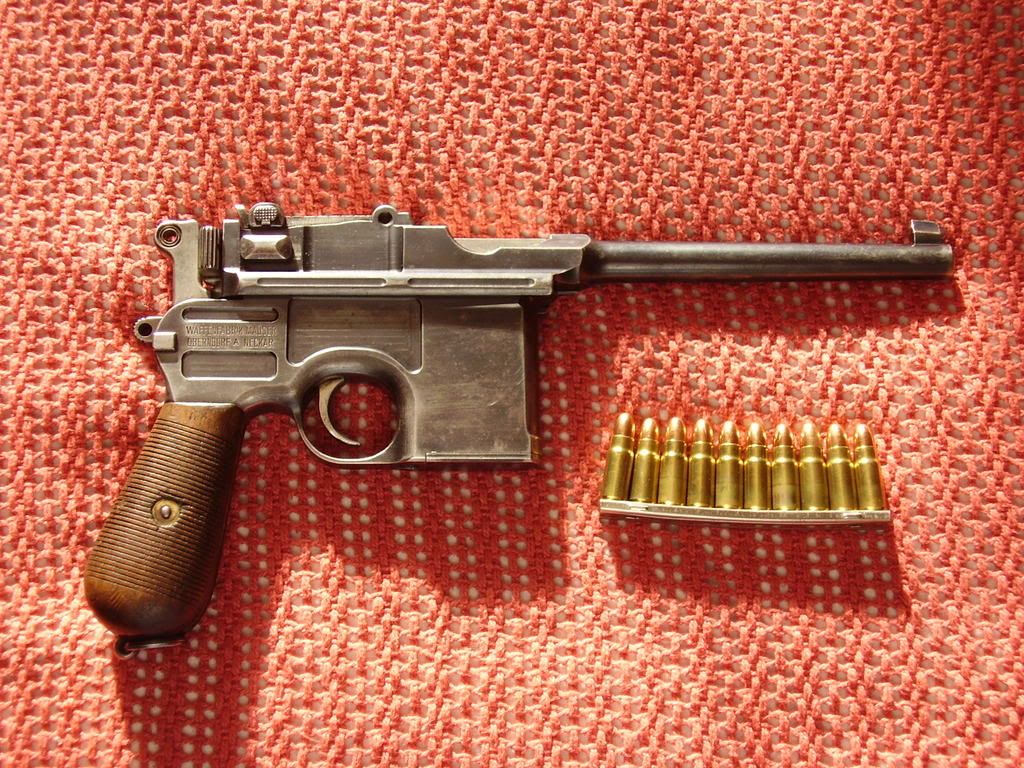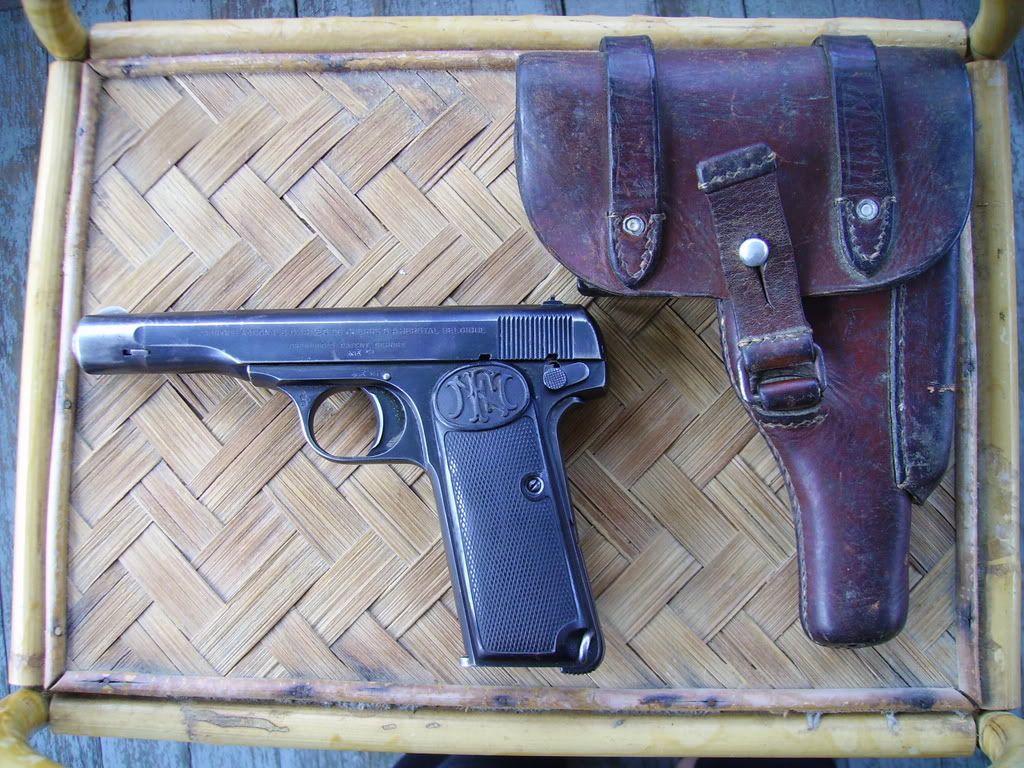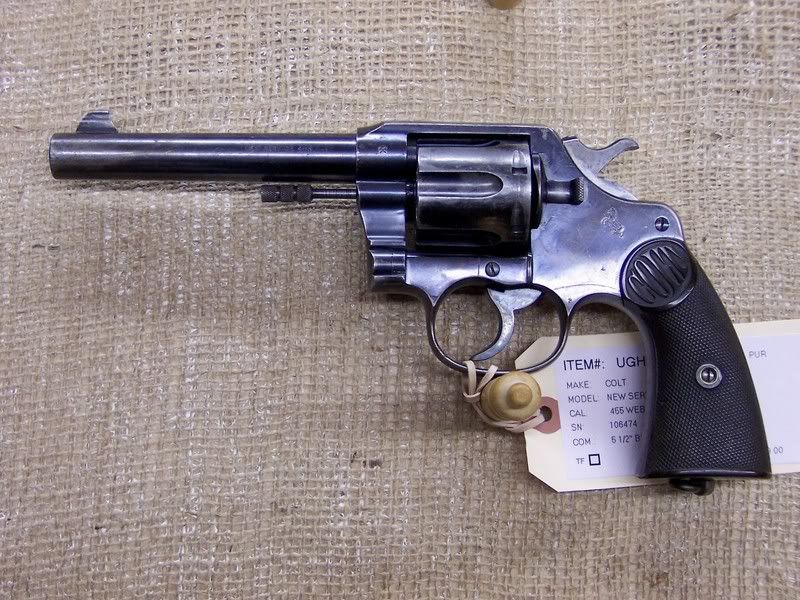More handguns!

This is a Japanese Nambu T-14, made in 1941 by Nagoya arsenal. This one has the "Manchurian" triggerguard introduced later in production to allow it to be fired wearing heavy gloves, which proved necessary for troops deployed, you guessed it, in Manchuria. In spite of looking similar to the Luger, there's no mechanical similarity - if anything, it works along the same broad principles as the Mauser C/96.

Speaking of the Mauser C/96, here's mine. it's the version known to collectors as a "Prewar Commercial", it was made in 1905, at the beginning of stable production - it actually took them about 10 years to settle on which features they wanted to include in these pistols and start making them in quantity. This one is all-matching and in nice shape, I replaced the worn-out mainspring so I could shoot it and kept the original. These are remarkable pistols, if you ever strip one they're like a Swiss watch on the inside.

This is a Yugoslavian-issued Browning 1922 in .380. These are actually stretched versions of the Model 1910 pocket pistol with a lengthened slide and frame as requested by the Yugoslavs, between the wars these would be purchased by most of the minor powers in Europe. These were widely used by the Yugoslavian partisans during WW2. The Yugoslavian Brownings come in two models, the standard troopers model and the private purchase officer's model. This is the much rarer officer's model - no one knows exactly how many were made, but many Browning collectors have never even seen one. Mine came with the original holster.

This is a Colt New Service revolver, made in .455 Webley calibre and issued to British troops in WW1. I've never actually seen a picture that captures the size and bulk of the Colt New Service - they are big, big guns. Not so much in length, but in heft. Although the Smith & Wesson Hand Ejector is a technologically superior gun (a situation which, frankly, was true in the 1870s and never really changed), the Colt was the more popular of the two in British service because of its sheer indestructibility.